Vol. 1 No. 2 (2023)
The relationship between carbon dioxide and Clean Energy Science and Technology lies in the development and utilization of innovative technologies and materials aimed at mitigating carbon dioxide emissions, capturing carbon dioxide from various sources, and utilizing carbon dioxide in sustainable energy applications. This issue includes research on direct air capture of CO2, utilization of flue gas CO2 for microalgae, transcritical carbon dioxide heat pumps, and supercritical hydrothermal combustion, all of which are focused on addressing carbon dioxide emissions and exploring its potential in clean energy technologies. These efforts contribute to the advancement of sustainable energy solutions and environmental sustainability within the realm of Clean Energy Science and Technology.
Full Issue
Editorial
-
 Open Access
Open AccessArticle ID: 124
Review
-
 Open Access
Open AccessArticle ID: 118
-
 Open Access
Open AccessArticle ID: 70
Commentary
-
 Open Access
Open AccessArticle ID: 101

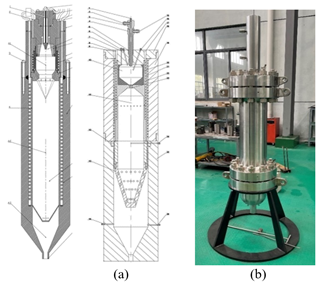
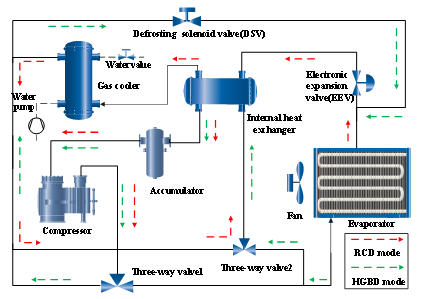

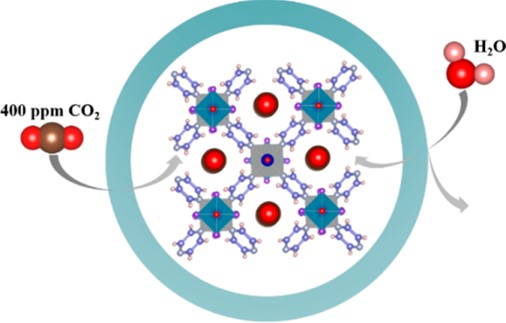
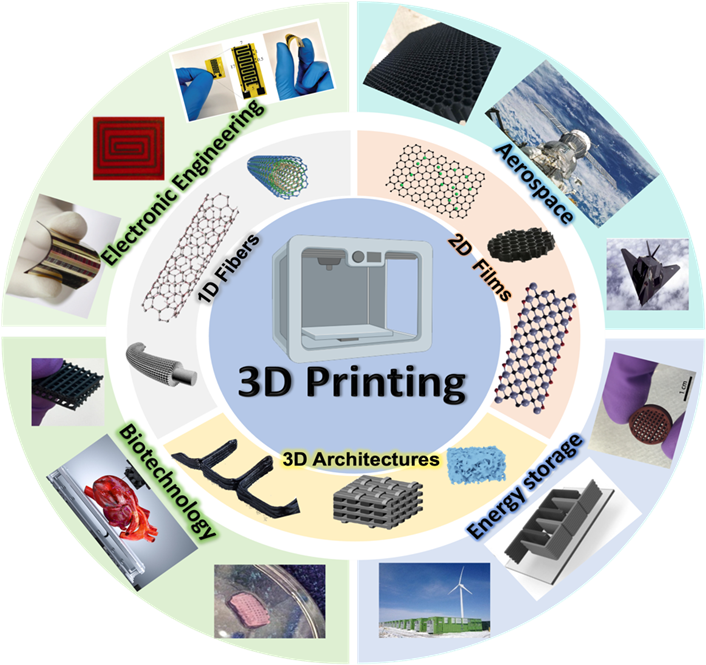

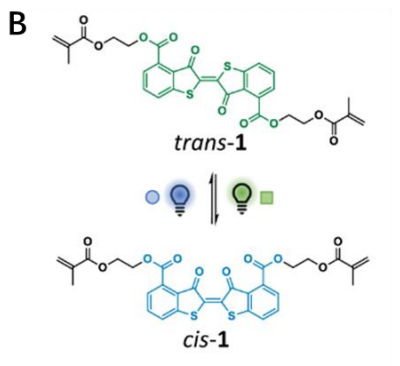




.jpg)
.jpg)

